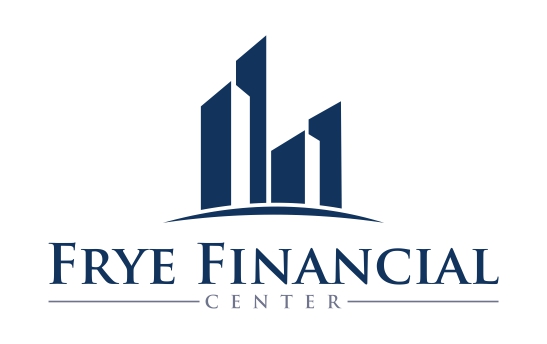Plan Sponsor Corner
Know Your Limits…For Pension Plans in 2018!
Chart: Know Your Limits…For Pension Plans in 2018!
Downloadable Retirement Savings Plans Information
Make sure you have the latest information. Download the 2018 Retirement Plan Comparison Chart and the 2018 Retirement Plan Contribution Limits.
Helping Employees Reach a Higher Level of Preparedness
There are a variety of goals for any retirement plan. Surely one of the most important is to help employees reach a state of retirement readiness. This is no small task, considering that retirement may last 30 years or even longer for many people working today. The industry and employers continue to learn how best to accomplish this daunting goal. After all, in most cases employees cannot count on a pension. Yet they are often resistant to save. Accumulating enough on their own is a challenge for them and for their employers. Research indicates that a strategy in which companies view retirement in a holistic way can be extremely beneficial. It is the end goal, and should be informed and built in a way that considers both attitudes and other benefit programs.
Read more about what a successful retirement program should do here.
Plan Sponsors Ask…
Q: How important is it to deliver targeted messages as we attempt to engage, communicate with and educate different participant demographics in our retirement plan?
A: In a word, very. Targeted communications and relevant tools, like mobile apps and online planners – preferred by 66% of Millennials and Baby Boomers, according to Willis Towers Watson – are critical devices to have in your retirement plan education arsenal. Each generation has different concerns, and so the guidance and messaging you deliver needs to be tailored to reflect them. For example, education is especially important for Boomers, many of whom are actively preparing to retire.
Research from NerdWallet suggests that for Millennials to accumulate enough for retirement, their savings rate needs to be at 22% starting now to accommodate for lower projected market returns.1 However, many are focused on paying off student loans, and an Allianz Life study shows 70% prefer to travel than to save. Educating this demographic about the importance of saving early, and illustrating for them how concepts like compounding make a significant difference over time, as well as showing them how today’s savings translates to tomorrow’s income, are key in convincing them to grow their nest egg along with planning trips to exotic locales.2
What’s more, Willis Towers Watson found that 59% of Millennials and 54% of Boomers valued tools to help them track retirement goals. These are just some examples of how tailoring key messaging and offering access to retirement planning tools can make all the difference in helping various generations get on track to more financially comfortable retirements.
Please contact our office to help guide you through all the educational tools which are available for your plan. And please click on these links to learn more from Allianz Study and
Willis Towers Watson Survey.
Plan Sponsors Ask…
Q: Some of our participants are asking questions about how to withdraw their money from their retirement accounts. Should we be concerned?
A: While 45% of employees are worried about running out of money in retirement, 43% still say it’s likely they’ll need to meet today’s financial obligations with savings earmarked for their golden years, according to a 2016 PwC survey. That’s up considerably from 35% in 2015, and 27% in 2014. Millennials are most at risk – 50% said they are most likely to access retirement funds for other needs. As an employer, you’re in a great position to help. Providing comprehensive and consistent education via a holistic financial wellness program that assists employees with cash flow and debt management, savings, retirement readiness, financial stress and productivity can go a long way toward helping them make better choices when it comes to saving for retirement and achieving their long-term goals.
Read all about the impact of financial wellness here.
How Important Are Retirement Savings? very, verrrry, VERY!!
How important is saving for retirement? The Social Security Administration’s new study makes the answer pretty clear: very.
The biennial “Income of the Aged” report released this spring examines the retirement income of more than 34 million households, married and single, to produce a financial snapshot of those 65 and older in 2014, the most recent available data.
Savers have nearly doubled the annual income in retirement than nonsavers.
When a household is reduced to one person, income may decrease dramatically.
Income often decreases as a household ages.
Click here to read more about why savings now matter, especially for women.







